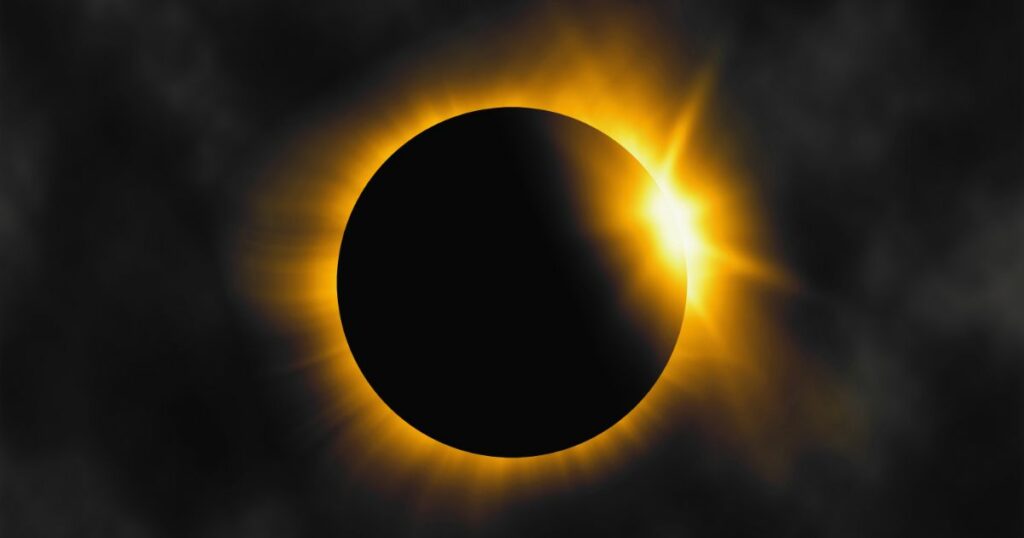Sky watchers in parts of South America are in for a treat Wednesday, when the moon will pass between the sun and Earth to produce an annular eclipse — an extraordinary moment that will create a “ring of fire” in the sky.
While the event is spectacular, it is not unique. Annular eclipses occur every one to two years and can draw thousands or even millions of spectators, depending on their paths.
Here is what you should know about the latest show in the sky.
Where Will the Annular Eclipse Be Visible?
The annular eclipse will follow a narrow track, known as the path of annularity, mainly over the Pacific Ocean and across southern portions of Argentina and Chile, where it will be visible around 5:20 p.m. local time, according to NASA.
That fiery ring produced in the daytime sky is possible because the passing moon is farther away from Earth than it is during a total eclipse, making its presence appear smaller than that of the sun.
Outside of the path of annularity, a partial solar eclipse will be visible in parts of Brazil and Uruguay, as well as portions of Antarctica and Hawaii.
During the partial solar eclipse, the passing moon will block parts of the sun, giving it a crescent appearance.
Are Special Glasses Required?
Yes. It is never safe to look directly at the sun without proper eyewear. Consider wearing certified eclipse glasses, or perhaps observe the shadows that will be cast by trees instead of looking at the sun itself.
Keep in mind that eclipse glasses are not your average sunglasses. These frames are designed to be thousands of times darker than typical sunglasses and will protect your eyes from damage. Also avoid looking at the sun through telescopes, camera lenses and other similar devices while wearing your eclipse glasses.
When Was the Last Annular Eclipse?
In October 2023, an annular eclipse swept across much of the Western Hemisphere, producing a stunning ring of fire that was visible from eight American states, Mexico, Colombia, Brazil and a number of Central American countries.
Millions of people flocked to the great outdoors to experience the event.
What Other Astronomical Events Have Happened This Year?
In April, a total solar eclipse cut across North America from the southwest to the northeast, drawing millions of spectators and causing a stir among enthusiasts. It was the first total solar eclipse in seven years.
Four months later, stargazers observed a blue supermoon in the night sky. It was one of the largest and brightest full moons of the year.
And last month, a partial lunar eclipse during a supermoon was visible to nearly anyone under clear skies in the Western Hemisphere.
The next two supermoons will take place on Oct. 17 and Nov. 15.
–
This article originally appeared in The New York Times.
By Derrick Bryson Taylor
c. 2024 The New York Times Company
Source link : http://www.bing.com/news/apiclick.aspx?ref=FexRss&aid=&tid=66fd74ef6344472dbf20e3641d8c3743&url=https%3A%2F%2Fgvwire.com%2F2024%2F10%2F02%2Fring-of-fire-solar-eclipse-will-be-visible-in-parts-of-south-america%2F&c=8475292985627377250&mkt=en-us
Author :
Publish date : 2024-10-02 05:08:00
Copyright for syndicated content belongs to the linked Source.
